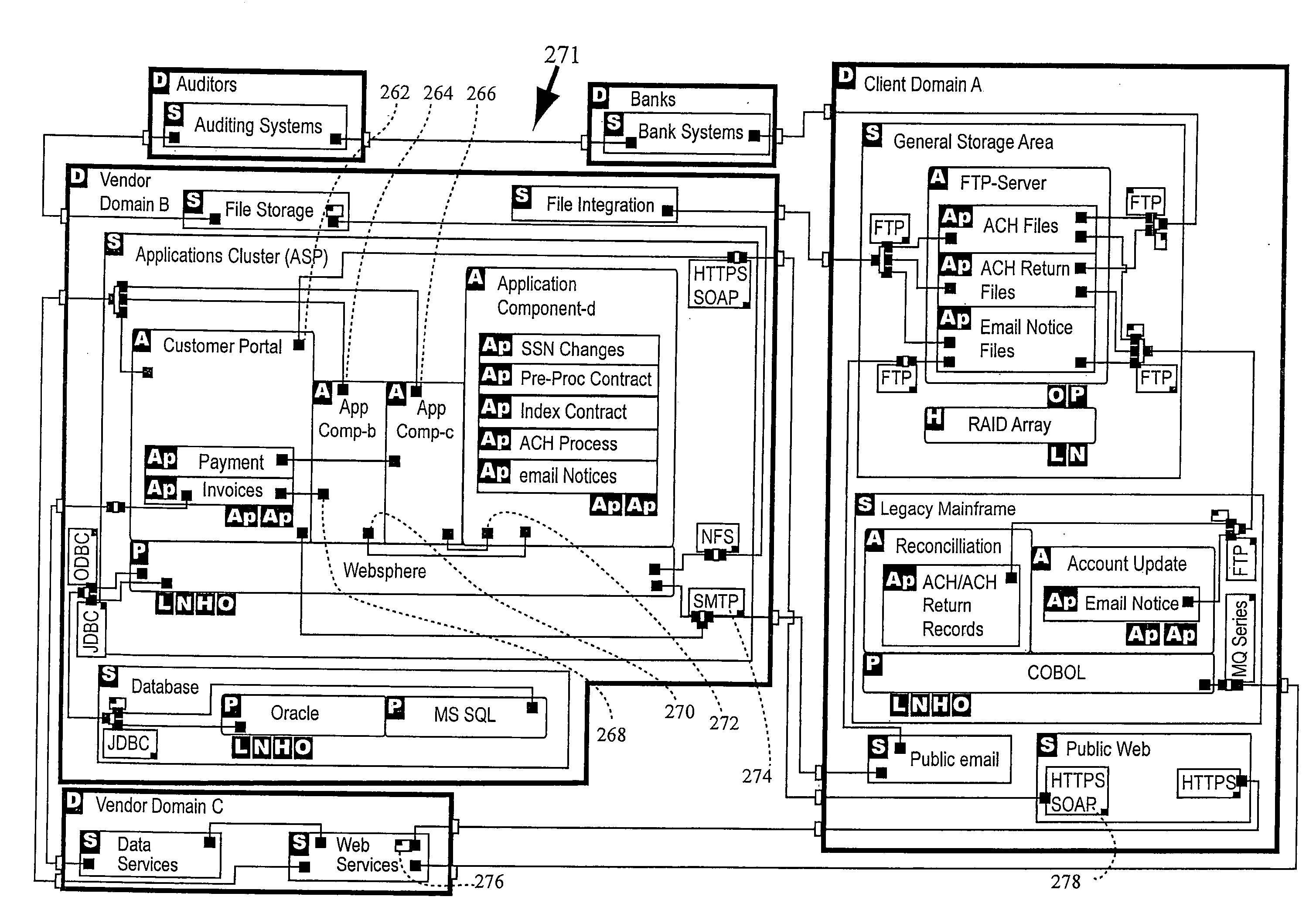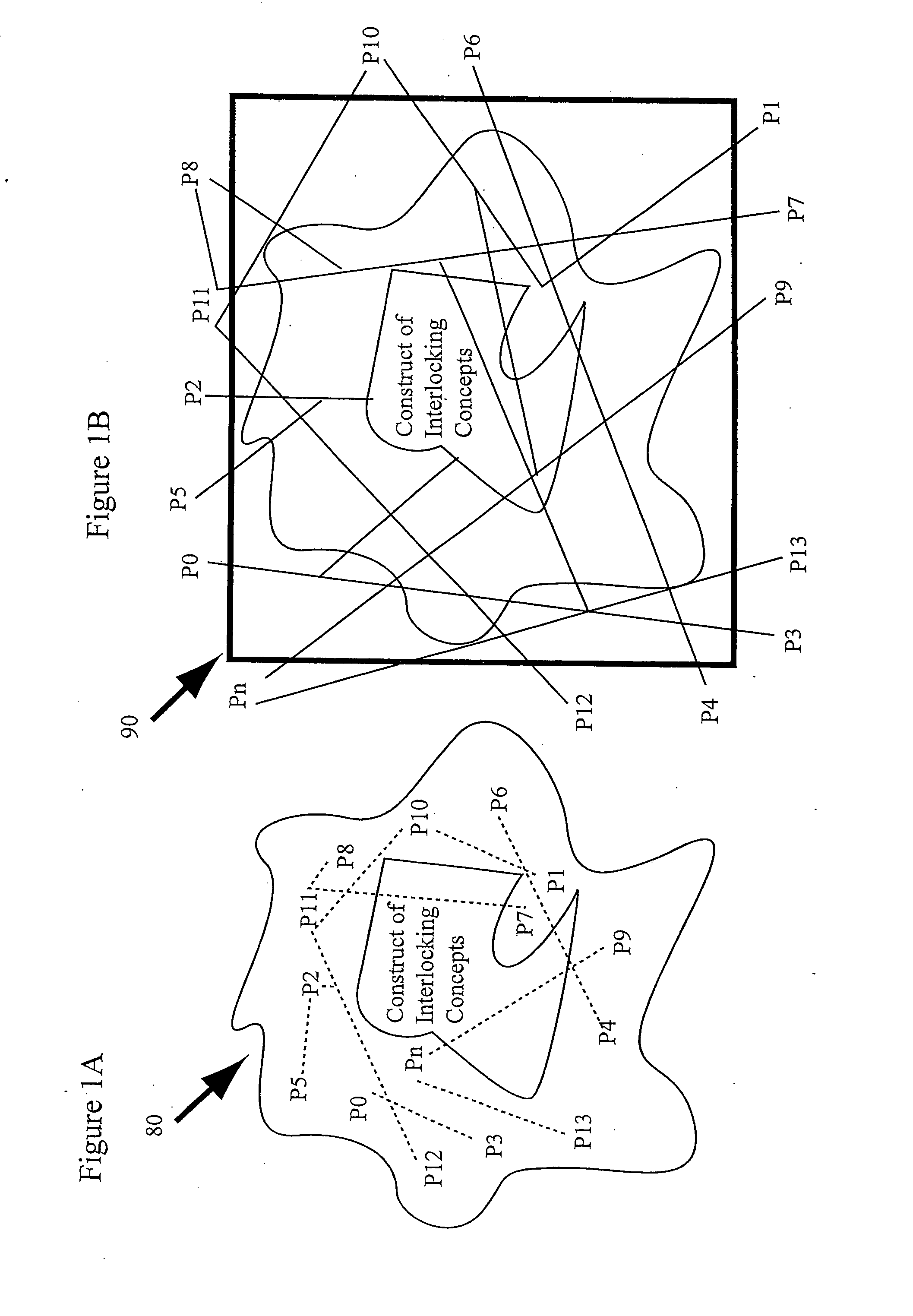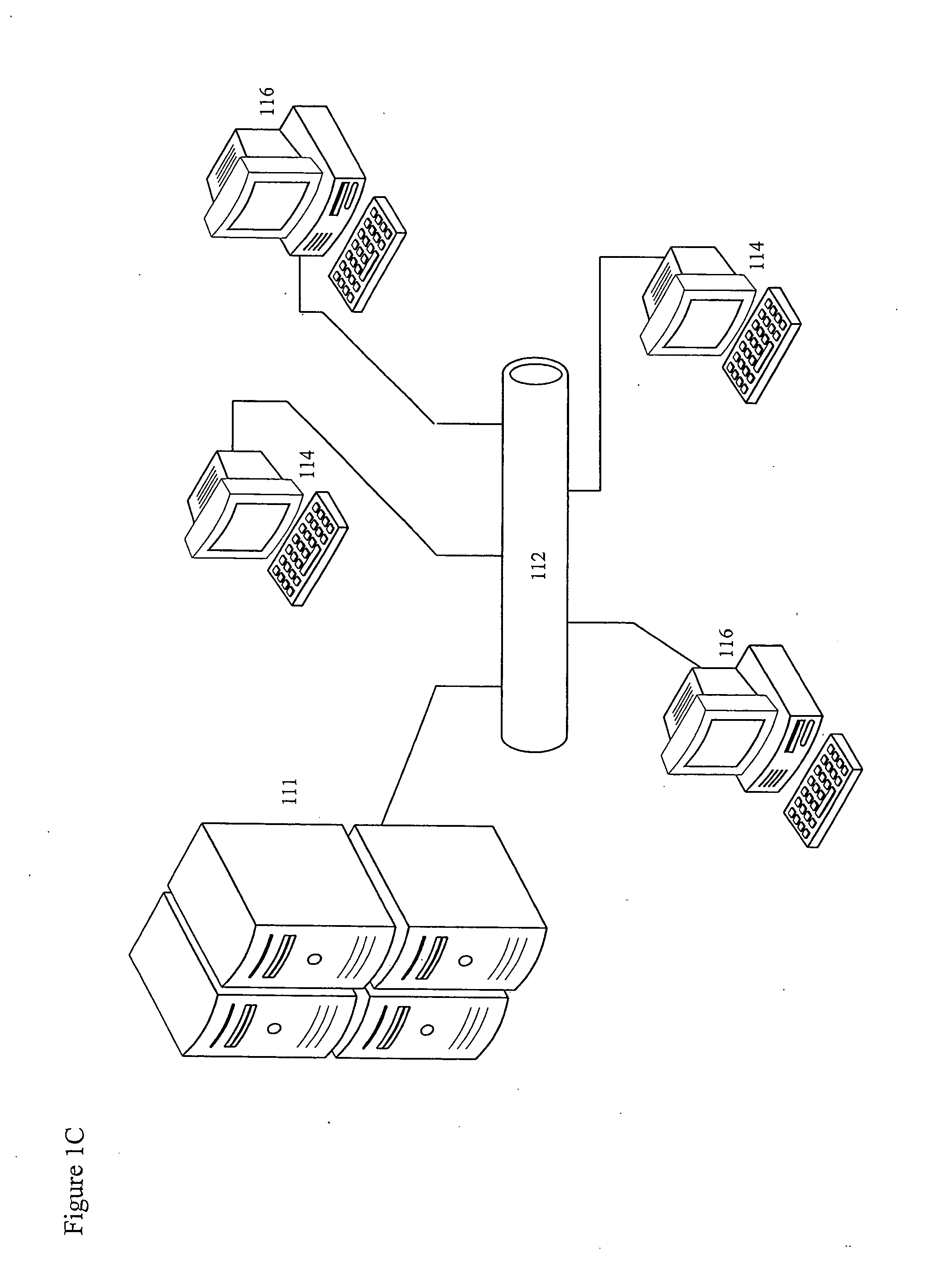Design tool and methodology for enterprise software applications
a software application and design tool technology, applied in the direction of instruments, symbolic schematics, cad techniques, etc., can solve the problem of not enough consideration of the requirements of the software entity itself, and achieve the effect of facilitating the creation of a simulation model
- Summary
- Abstract
- Description
- Claims
- Application Information
AI Technical Summary
Benefits of technology
Problems solved by technology
Method used
Image
Examples
Embodiment Construction
[0093] The present invention overcomes many of the prior art problems associated with building complex, multi-layered structures. The advantages, and other features of the systems and methods disclosed herein, will become more readily apparent to those having ordinary skill in the art from the following detailed description of certain preferred embodiments taken in conjunction with the drawings which set forth representative embodiments of the present invention and wherein like reference numerals identify similar structural elements.
[0094] Referring now to the FIG. 1C, there is shown in FIG. 1C a block diagram of an computing system 100 embodying and implementing the methodology of the present disclosure. The computing system 100 connects users (business analysts, programmers, end users, managers and the like) via a network 112. The following discussion describes the structure of such an computing system 100 but further discussion of the applications program and data modules that e...
PUM
 Login to View More
Login to View More Abstract
Description
Claims
Application Information
 Login to View More
Login to View More - R&D
- Intellectual Property
- Life Sciences
- Materials
- Tech Scout
- Unparalleled Data Quality
- Higher Quality Content
- 60% Fewer Hallucinations
Browse by: Latest US Patents, China's latest patents, Technical Efficacy Thesaurus, Application Domain, Technology Topic, Popular Technical Reports.
© 2025 PatSnap. All rights reserved.Legal|Privacy policy|Modern Slavery Act Transparency Statement|Sitemap|About US| Contact US: help@patsnap.com



